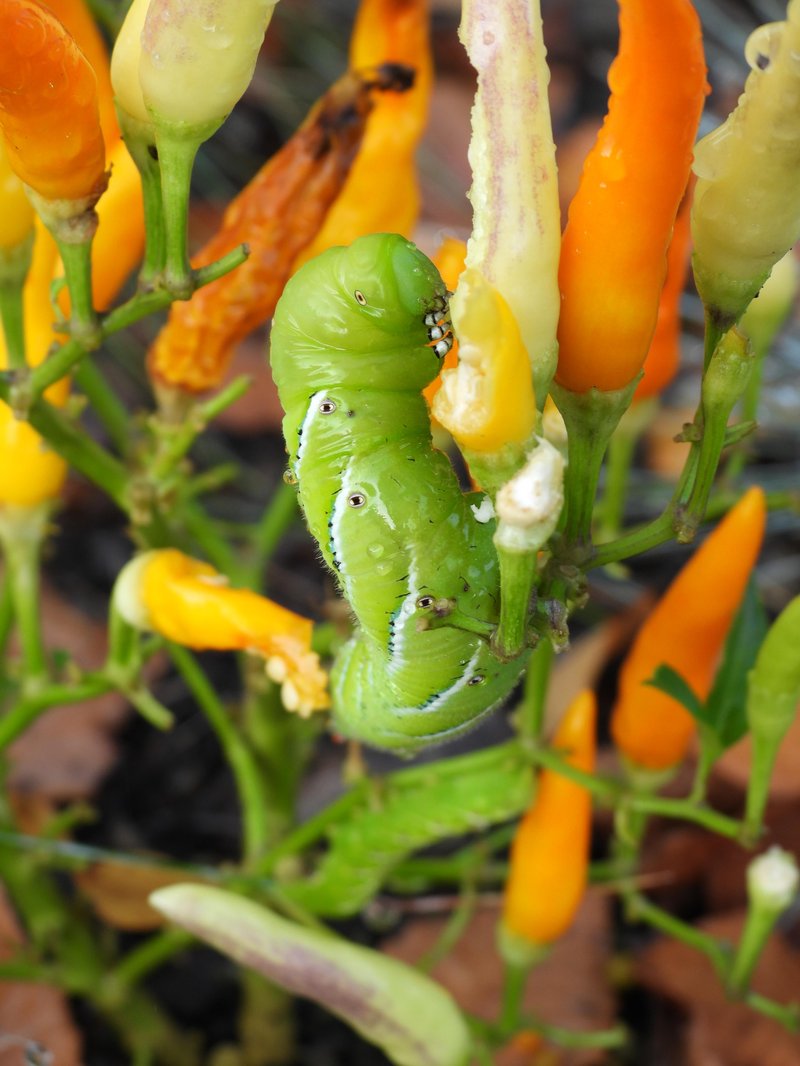
So, how do you go about quarantining hornworms? It’s pretty straightforward. You’ll need a few supplies and a little bit of patience. In this guide, I’ll walk you through every step, from setting up the quarantine environment to monitoring their health. Whether you’re a newbie or just brushing up on your skills, let’s dive in!
Understanding the Importance of Quarantining Hornworms
Before we jump into the how-to of quarantining, let’s talk about *why* it’s so important. Quarantining hornworms is essential for a couple of reasons. First, it helps you check for any health issues. Hornworms can carry pests or diseases that could be harmful to your reptiles. It’s much easier to identify a problem in a controlled setting away from your main feeding stash.
Second, quarantining allows you to assess their behavior. Are they active? Are they eating well? If you notice any odd behaviors, that’s a red flag. Think of it like a first date—you want to know if your food is healthy enough to be your pet’s next meal.
Gathering Your Quarantine Supplies
Now that you know why quarantining is important, let’s gather some supplies. Here’s a simple checklist:
- A clean container or bin with ventilation
- Appropriate substrate (like paper towels or clean soil)
- Fresh hornworm food (like commercial hornworm chow)
- Temperature and humidity gauge
- Optional: a magnifying glass for closer inspection
You can find most of these items at pet supply stores or online. Make sure everything is clean to avoid introducing unnecessary germs. It’s like setting the stage for a smooth performance—if your setup is tidy, it makes everything easier.
Setting Up the Quarantine Environment
Once you have your supplies, it’s time to set up your quarantine area. Start by selecting a quiet location free from disturbances. This will help keep the hornworms calm as they settle in.
Next, place the clean container on a flat surface. If you’re using a bin, ensure it has ventilation holes. Hornworms need air, just like you do! For substrate, use paper towels or a light layer of clean soil. This will help absorb moisture and keep things clean.
Finally, place the hornworms inside and add their food. Check the temperature and humidity levels using your gauge. Hornworms thrive in a warm and humid environment, usually around 75-85°F with 40-60% humidity. Think of it as setting the perfect climate for a tropical vacation!
Monitoring Your Hornworms
After your hornworms have settled into their new digs, it’s time to monitor them closely. You’ll want to check on them daily, just to see how they’re doing. Look for signs of stress, like extreme lethargy or refusal to eat. These can be indicators of underlying health issues.
When you’re feeding them, observe their eating habits. Healthy hornworms will munch munch munch when they’re hungry. If they seem disinterested, consult your reference materials or an expert. Sometimes, they might be just a bit shy in a new environment.
Also, pay attention to what their droppings look like. Healthy waste should be a dark green color and not overly watery. If you notice anything concerning, don’t hesitate to separate them from the rest of your food supply to maintain overall health.
When to Introduce Hornworms to Your Pets
After about a week in quarantine, you’ll have a better idea of whether your hornworms are ready to join the rest of your feeding schedule. If they’ve been eating well and showing no signs of stress, you might be ready to introduce them!
Before you serve them, however, gently check their health one last time. It’s like giving your dish a final taste test before serving it to guests. Ensure they’re lively and healthy. If everything checks out, it’s showtime!
To introduce them safely, you can offer them one at a time to your pets. This method helps you observe any immediate reactions. If your pet shows signs of interest, it’s a good sign that your quarantine efforts paid off.
Common Challenges During Quarantine
Quarantining hornworms can sometimes lead to challenges. One common issue is the risk of mold developing in their container. To prevent this, make sure the enclosure is well-ventilated and avoid over-wetting the substrate. If you spot any mold, remove the affected substrate promptly.
Another issue might be pests like small flies or mites hitching a ride with the hornworms. If this happens, keeping your environment clean is crucial. You may need to separate any affected hornworms to prevent spreading.
Lastly, if you notice that some hornworms are not thriving, it’s okay to consult forums, local experts, or resources related to reptile care. They can provide valuable insights on how to manage the situation effectively.
Quarantining hornworms can seem a bit daunting at first, but the rewards are well worth the effort. By taking the time to check their health and create a safe environment, you’re ensuring that your pets receive nutritious and healthy meals.
Remember, it’s all about the little details from gathering supplies to monitoring their health. Each step contributes to a successful feeding experience for your reptiles. So, take a deep breath, enjoy the process, and know that your efforts will pay off. Happy feeding!

